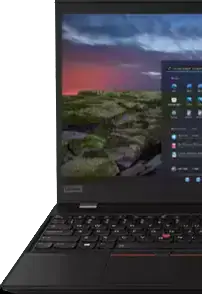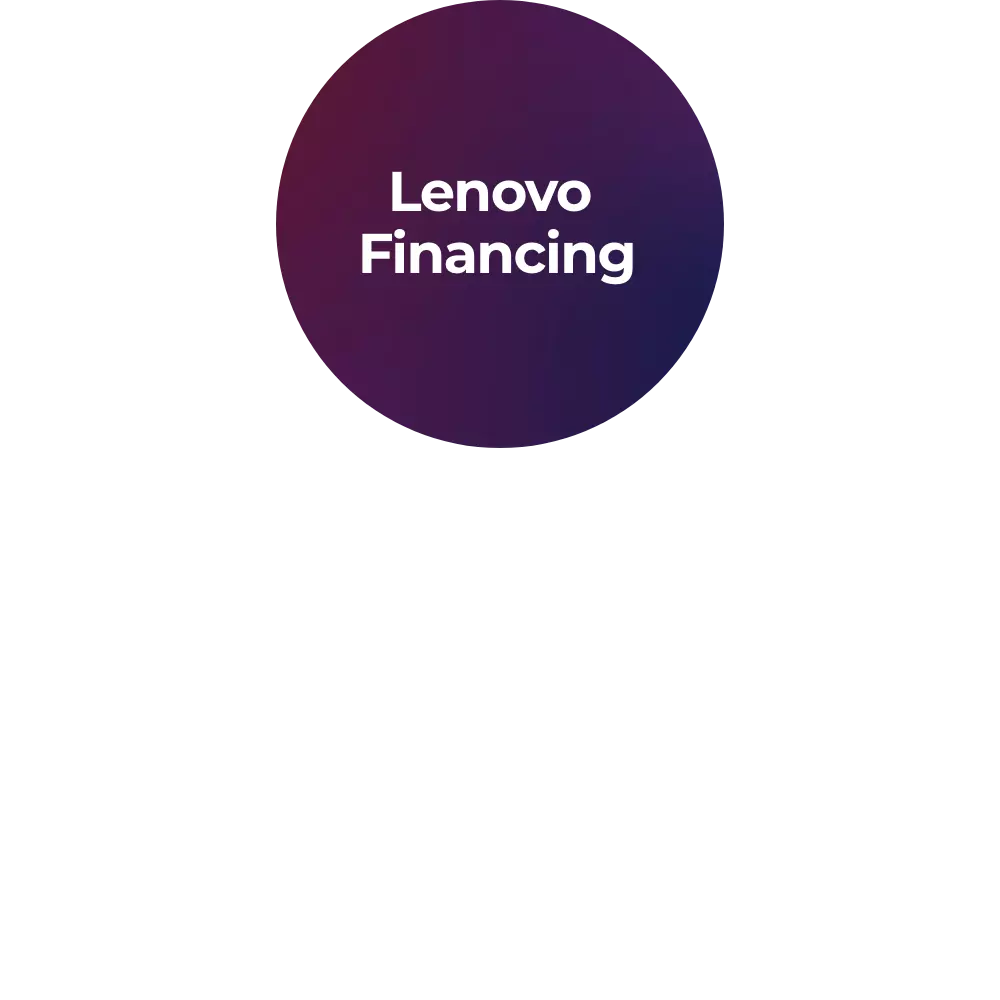What is a GUI?
Graphical user interfaces (GUIs) are incredibly important as they provide a much easier and more intuitive way of interacting with computers. Without GUIs, users would have to rely on typing commands which can be both time-consuming and difficult to remember. GUIs allow users to quickly access all the features of their computer without needing to memorize complicated commands. They also allow for customization and ease-of-use, allowing users to tailor their experience according to their specific needs. Without GUIs, using a computer would become a tedious experience and much less enjoyable.
What are GUI applications?
Graphical User Interface (GUI) applications are software programs that display an interface on the screen with which users can interact. These interfaces typically feature visual elements like buttons and menus, rather than just text fields. GUI applications are designed to make it easier for users to complete tasks such as navigating websites or using fully featured software.
On desktop systems like Windows, a GUI environment is often provided by default so that users can open multiple programs without needing to type any commands. Even on mobile devices with touchscreens, many applications provide GUIs for navigation and other tasks.
Where can GUIs be found?
GUIs are ubiquitous in today's digital world. They are essential components of most websites, web apps, and software programs. For instance, popular applications like word processors and music players utilize GUIs to enhance user experience. Web browsers, such as Chrome and Internet Explorer, and operating systems like Windows and Android, showcase GUIs as integral elements of their functionality.
Data organization tools like Airtable represent modern GUIs, merging database capabilities with the simplicity of spreadsheets. These tools enable users to manage data through intuitive visual elements like tables and forms, allowing for actions such as dragging and dropping fields and customizing views with ease.
In many cases, different GUIs operate within each other. Consider streaming music on a web app in a browser on a desktop; here, multiple GUIs are layered, providing seamless interaction across platforms. Each layer—from the operating system to the browser to the web app—offers its own GUI, enhancing user control and experience.
GUIs are also designed to adapt to various screen sizes, a concept known as responsive design. This is particularly important for smartphones, which feature their own GUIs for the operating system and individual apps. Responsive design ensures that GUIs remain user-friendly across devices, maintaining functionality and ease of use regardless of screen dimensions.
By understanding the extensive presence and functionality of GUIs, users can appreciate the seamless digital experiences they facilitate across different platforms and devices.
What are GUI tools?
Graphical User Interface (GUI) tools are software that assist users in performing tasks such as creating websites, editing images and videos, or navigating the web. They provide a more intuitive way to interact with computers compared to typing commands. These tools are often created by third-party developers and come with their own interface that makes it easier for users to do what they need to do. Some of the most common GUI tools include web browsers, photo and video editing applications, word processors, and drawing programs. GUI tools make it easier for people to use computers without needing to know complicated computer language or syntax.
Modern GUIs are everywhere, seamlessly integrated into the technology we use every day. From operating systems like Windows to web browsers such as Chrome and Firefox, these interfaces transform complex commands into simple point-and-click actions.
Consider applications like Airtable, which blend database capabilities with the familiar format of a spreadsheet. Users can interact with visual elements like tables and forms, making data management not only powerful but also accessible. Instead of typing intricate SQL commands, users can drag and drop fields or create links between records with just a few clicks.
GUIs often layer upon one another to enhance functionality. For example, when you stream a video on a media player embedded in a website, you engage with multiple GUIs: the media player's interface within the browser's interface, all running on your computer's operating system. This layered approach showcases the versatility and integration of modern GUI design, allowing us to navigate through digital landscapes with ease.
How can GUIs be layered or integrated with each other?
GUIs can be layered by embedding one interface within another. For instance, using a music streaming app within a web browser involves navigating the app's GUI inside the browser's GUI, all within the operating system's GUI, showcasing seamless integration.
How do users interact with modern GUIs?
Users interact with modern GUIs through intuitive visual elements such as tables, forms, and boards. These interfaces enable actions like dragging and dropping fields, linking records, and customizing views with simple clicks, eliminating the need for complex coding.
How do modern GUIs function in specific applications?
Modern GUIs, such as those found in tools like Airtable, combine the power of databases with the simplicity of spreadsheets. They allow users to engage with data through interactive elements, making complex tasks straightforward and accessible.
What are some specific examples of GUIs in various categories?
Graphical user interfaces can be found in a wide range of applications and systems. Some prominent examples include word processors like Microsoft Wordweb browsers like Chrome, and operating systems including Windows.
What are some common visual elements in GUIs and their functions?
Graphical User Interface (GUI) works by allowing users to interact with a program or website through visual elements that appear on the screen. GUI displays icons, buttons, and menus which can be clicked or hovered over to carry out tasks. These tools enable users to navigate websites without needing to type commands or understand complicated programming language.
Some common visual elements in GUIs include:
- Mouse Cursor:This moves and manipulates other elements, acting as a pointer to select and interact with items.
- Buttons:Users may click or tap these to initiate an action, such as submitting a form or opening a file.
- Toolbar and Ribbons:These are essentially groups of buttons, offering quick access to common functions and tools.
- Icons:Small images that represent information or interactive components, like a trash can icon for deleted files.
- Menus:Lists of clickable items that display options or settings users can select.
- Scrollbars:Used for scrolling through content on a page, enabling navigation through longer sections of information.
In addition, GUI elements often allow users to customize their experience by changing settings such as font size, color of text, etc. These visual tools are designed to be intuitive, frequently drawing on real-world analogies—for example, a directory (a group of files and/or directories) is represented by a folder icon.
GUI tools also make it easier for inexperienced computer users to quickly become familiar with programs and websites since they do not require any knowledge of syntax or technical language. By offering a visual and interactive way to engage with technology, GUIs enhance usability and accessibility for all users.
How do graphical elements in GUIs represent real-world objects?
Graphical elements in user interfaces often mimic real-world objects to convey their functions intuitively. This design choice leverages familiar imagery to help users quickly grasp the purpose of different on-screen elements.
For instance, consider the way computer directories are visually represented. A folder icon often stands in for a collection of files or subfolders. This resembles the physical folders used in offices, making it straightforward for users to associate the icon with organizing digital files.
Likewise, the concept of a digital trash bin is illustrated with an icon of a trash can. This visual shorthand immediately signals to users that it is a place to discard unwanted files, similar to disposing of waste in real life.
These representations bridge the gap between digital environments and everyday experiences, enhancing user comprehension and interaction with software. By associating graphical icons with tangible items, interfaces become more engaging and less intimidating, especially for those who might be less tech-savvy. This approach simplifies navigation and operation, leading to more efficient and enjoyable user experiences.
How do different GUIs layer within each other in digital products?
In the digital world, Graphical User Interfaces (GUIs) often stack and interact in a multi-layered fashion, each serving a unique function. Imagine using an online music streaming service through your computer's web browser.
At the topmost layer, you have the streaming service's web application. This interface allows you to browse, select, and play your favorite tunes. It's the user interface specifically designed for that service.
Beneath that, you'll encounter the web browser's GUI. This layer is crucial as it provides the framework for displaying the web app. It also offers navigation tools like address bars and tab management, which facilitate seamless browsing between different online platforms.
Finally, at the base, sits your computer's operating system GUI. This system manages everything from the desktop layout to system settings, enabling interaction with your machine and all its software applications.
This hierarchical arrangement allows for complex, versatile user experiences, with each GUI layer contributing to an overall coherent interaction.
What is abstraction in the context of GUIs?
Abstraction in Graphical User Interfaces (GUIs) refers to a design strategy that simplifies a software's complex technical processes, making it user-friendly and accessible. At its core, abstraction hides intricate details by presenting a straightforward interface, enabling users to interact with technology without diving into its complexities.
A GUI translates the language of code into visuals and actions that users can intuitively understand. For instance, a folder icon on your desktop isn't a real folder but a visual representation of files stored in the system. Similarly, dragging a file to a recycle bin icon doesn't physically destroy the document but signifies its removal or deletion.
The concept of abstraction extends beyond GUIs. Software code itself represents an abstraction of the more fundamental computer languages, such as assembly or machine code, which further abstract from the physical hardware. These layers progressively simplify the interaction from hardware to user interface, making technology accessible to everyone, regardless of their technical background.
Ultimately, abstraction is crucial because it transforms complex systems into user-friendly platforms. This accessibility empowers people from all walks of life to engage with and utilize digital tools seamlessly in their daily activities, without requiring technical know-how.
When is GUI preferred to CLI?
Graphical User Interface (GUI) is preferred to Command Line Interface (CLI) when the user does not need to type commands into the computer in order to perform a task. GUI provides users with an intuitive interface that is easy to use and understand since it displays icons, buttons, and menus on the screen allowing users to click or hover over them in order to carry out tasks. GUI also allows users to customize their experience by changing settings such as font size, color of text, etc., making it ideal for inexperienced computer users who need an easier way of navigating programs and websites. In addition, GUI often uses fewer resources than CLI since it does not require advanced knowledge of programming languages.
Why is GUI better than CLI?
Graphical User Interface (GUI) is generally preferred over Command Line Interface (CLI) due to its user-friendly design and intuitive interface. GUI allows users to quickly interact with applications and navigate websites more efficiently since it displays icons, buttons, and menus which can be clicked or hovered over in order to carry out tasks. In addition, inexperienced computer users are able to familiarize themselves more quickly with programs and websites due to its visual elements such as font sizes, text colors, etc. Furthermore, the use of GUI requires significantly fewer resources than the use of CLI since the former does not require knowledge of programming languages. Thus, GUI is considered to be simpler and more efficient than CLI.
Why might some users prefer text-based interfaces over GUIs?
Text-based interfaces have a dedicated following, especially among tech enthusiasts. Let's delve into why some users find them more appealing:
- Speed and Performance
Graphical User Interfaces (GUIs) tend to be resource-intensive, often slowing down system performance. In contrast, text-based interfaces operate with high efficiency, making them a go-to choice for users who value speed and are working with limited computational power.
- Lower Memory Requirements
Running a GUI can be memory-hungry. Text-based interfaces, on the other hand, are lightweight, conserving valuable memory space. This makes them attractive for users working with systems that have stringent memory constraints.
- Enhanced Flexibility
GUIs often come with set functionalities that may not cater to all users' needs. Text-based systems, however, offer the flexibility to adapt and change. Users can install extensions and execute custom commands with relative ease, tailoring the interface to fit specific requirements.
- Command Efficiency
While GUIs are designed to be user-friendly, many technically proficient users find Command Line Interfaces (CLIs) more efficient for tasks. They allow for swift command execution and support automation through scripting, which can significantly boost productivity in environments where repetitive tasks are common.
- Development Simplicity
The creation of GUIs involves complex design and development processes, demanding significant time and resources. Text-based interfaces, however, can be set up more straightforwardly, requiring fewer resources to develop and maintain. This simplicity attracts developers who prefer more streamlined environments.
For these reasons, many tech-savvy users remain loyal to text-based interfaces, valuing the control and efficiency they provide. Whether for optimizing resources or customizing workflows, these interfaces meet the needs of individuals who prioritize adaptability and speed.
What are the differences between GUI and UI?
Graphical User Interface (GUI) and User Interface (UI) are both components of a broader category of technology known as Human-Computer Interaction. While GUI concentrates on giving users access to computer functions through graphical elements such as icons and menus, UI focuses more on providing an improved user experience by taking into account various other factors such as aesthetics, usability, and branding. In addition, while GUI is programmed using applications written in specific programming languages, UI could be programmed using any language or approach depending on the project requirements. Thus, it can be said that although GUI and UI are distinct in terms of their main focuses, they are equally important for providing users with an effective digital interaction experience.
How does responsive design relate to GUIs?
Responsive design is a key component of modern graphical user interfaces (GUIs), particularly in the context of smartphones and other mobile devices. Each app on your smartphone has its own unique GUI, tailored to optimize user interaction. The challenge arises when these interfaces need to display effectively across various screen sizes and resolutions.
To address this, designers implement responsive design. This adaptation ensures that GUIs maintain functionality and aesthetics, whether viewed on a compact phone screen or a larger computer monitor.
Responsive design is integral to GUIs as it enables websites and applications to dynamically adjust their layout and elements. As screens and devices vary, responsive design allows the interface to scale elements like buttons, images, and text, providing a seamless experience regardless of device specifications.
In essence, responsive design isn't just a feature of GUIs—it's a fundamental aspect that ensures they are versatile, accessible, and user-friendly across all platforms.














